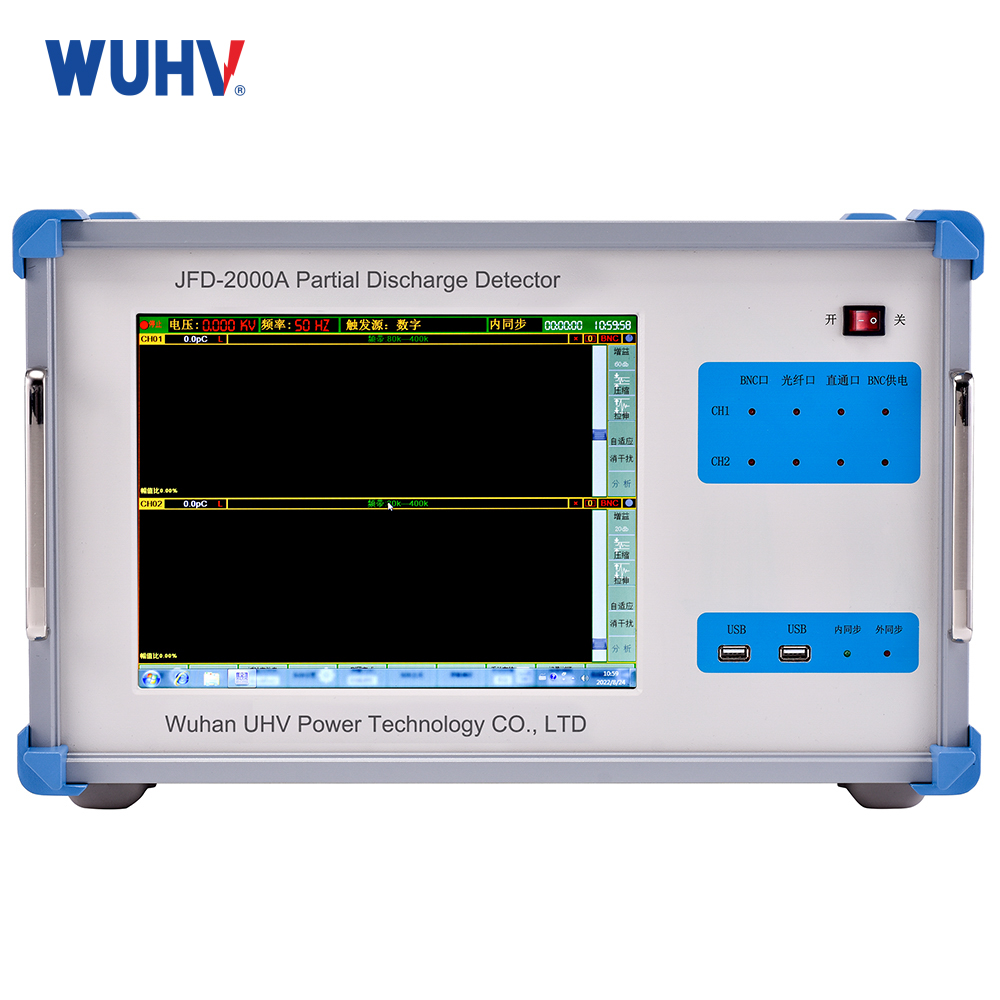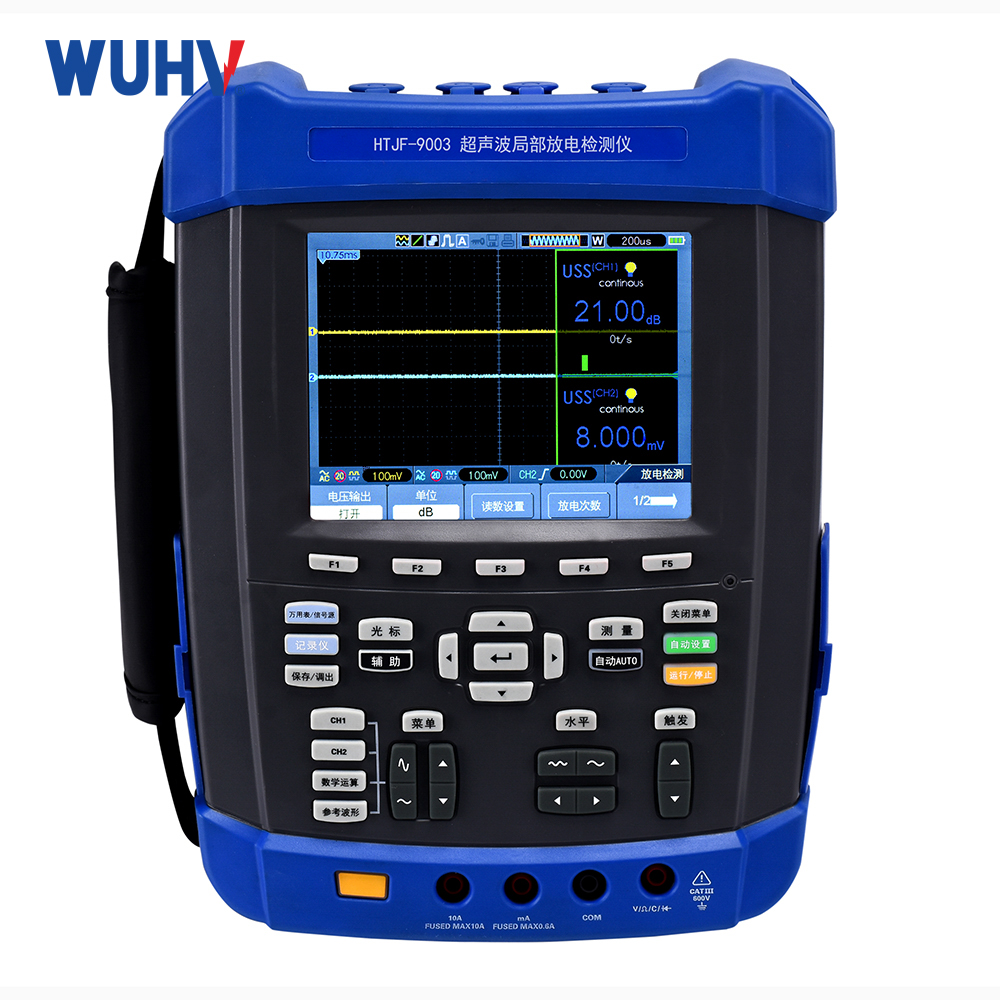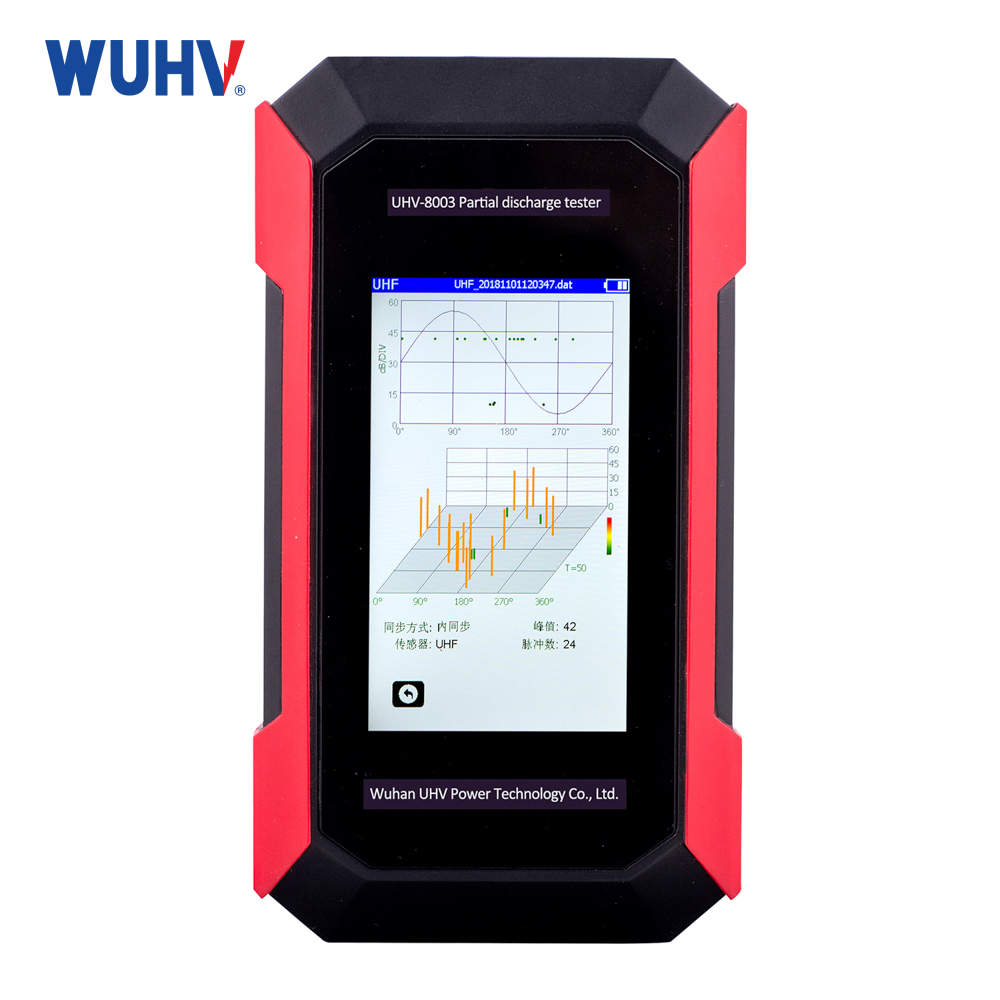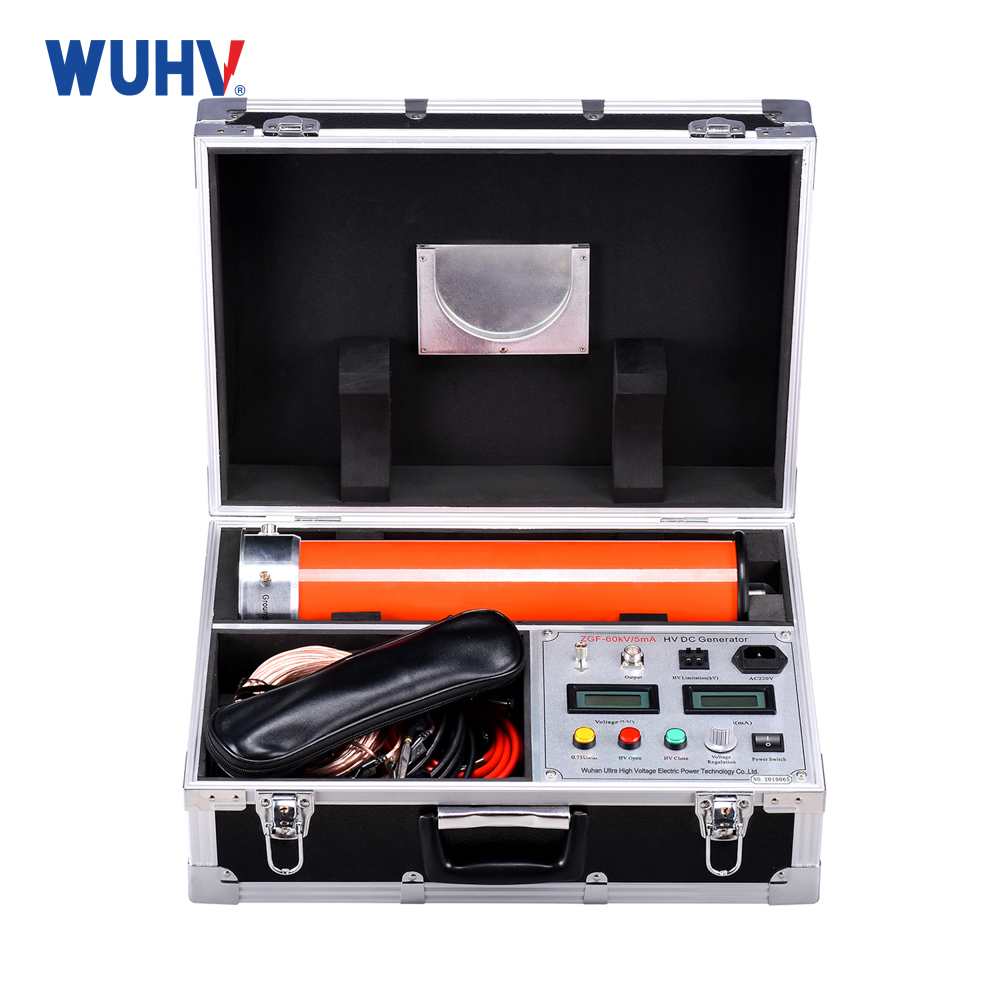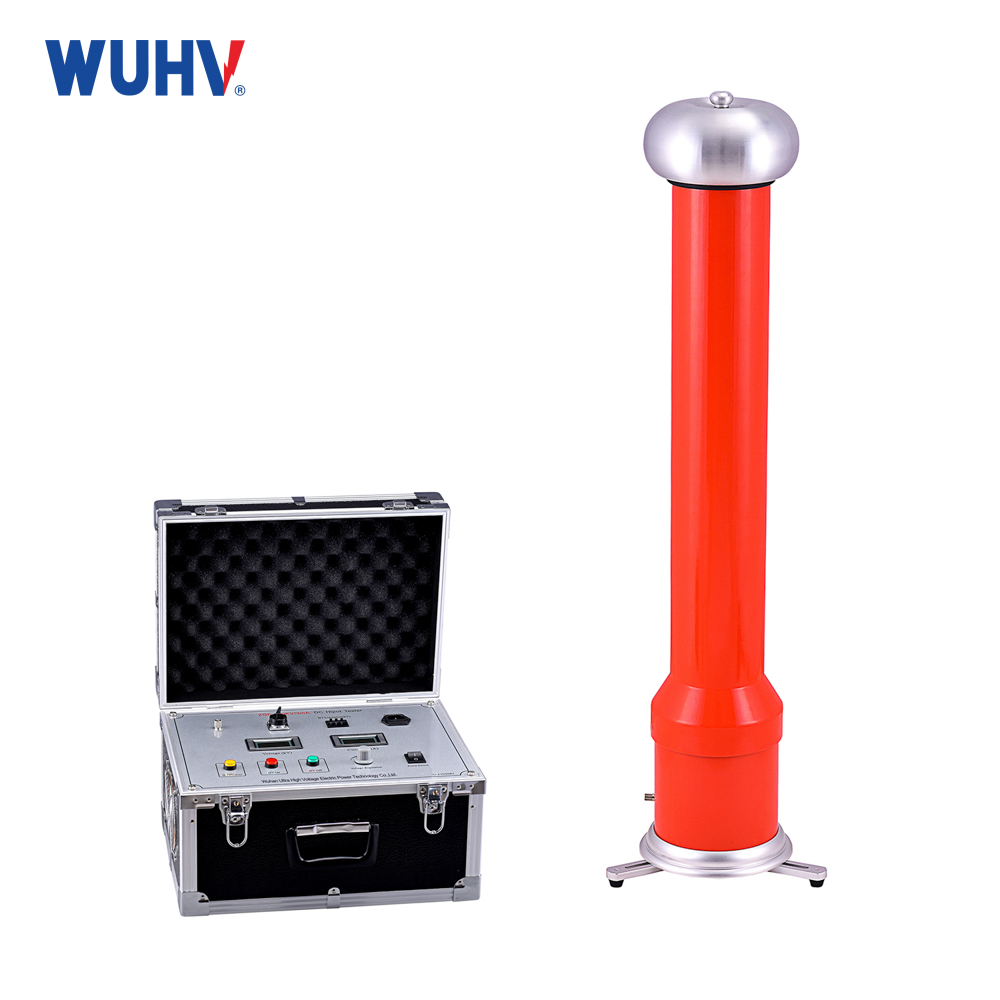Wuhan UHV specializes in producingseries resonant devices (also known as series resonant). Next, we will share with you the control method of series resonant inverters. Do you know
With the development of self turn off power electronic devices, series resonant inverter circuits have gained more and more applications, and various control methods suitable for series resonant inverter circuits continue to emerge. This article discusses and compares commonly used control methods such as amplitude modulation, pulse frequency modulation, pulse density modulation, and resonant pulse width modulation, and provides a detailed analysis of the control method of pulse width plus frequency modulation.
Basic structure of inverter
The basic schematic diagram of an inverter includes a DC voltage source, an inverter bridge composed of switches S1-S4, and a series resonant load composed of R, L, and C. Switches S1-S4 can use power semiconductor devices with self turn off capabilities such as IGBT, SIT, MOSFET, and SITH; The inverter is a single-phase full bridge circuit, and its control method is that the driving signals of the two switching devices on the same bridge arm are complementary, and the two diagonally opposite switches are simultaneously turned on and off.
Control method of inverter
1. The amplitude modulation control (PAM) method adjusts the output power of the inverter by adjusting the DC voltage source output (inverter input) voltage Ud (which can be achieved by using a phase-shifting voltage regulation circuit or a filtering circuit composed of a chopper voltage regulation circuit and inductance and capacitance). That is, the output power of the inverter is regulated by the input voltage, and the phase control between current and voltage is completed by a phase-locked loop (PLL) to ensure a large power factor output. The advantage of this method is that the control is simple and easy to implement, but the disadvantage is that the circuit structure is complex and the volume is large.
2. Pulse signal frequency modulation (PFM) method
The pulse frequency modulation method is to continuously change the working time frequency of the inverter, so as to change the output impedance of the load to achieve the purpose of regulating the output power.








